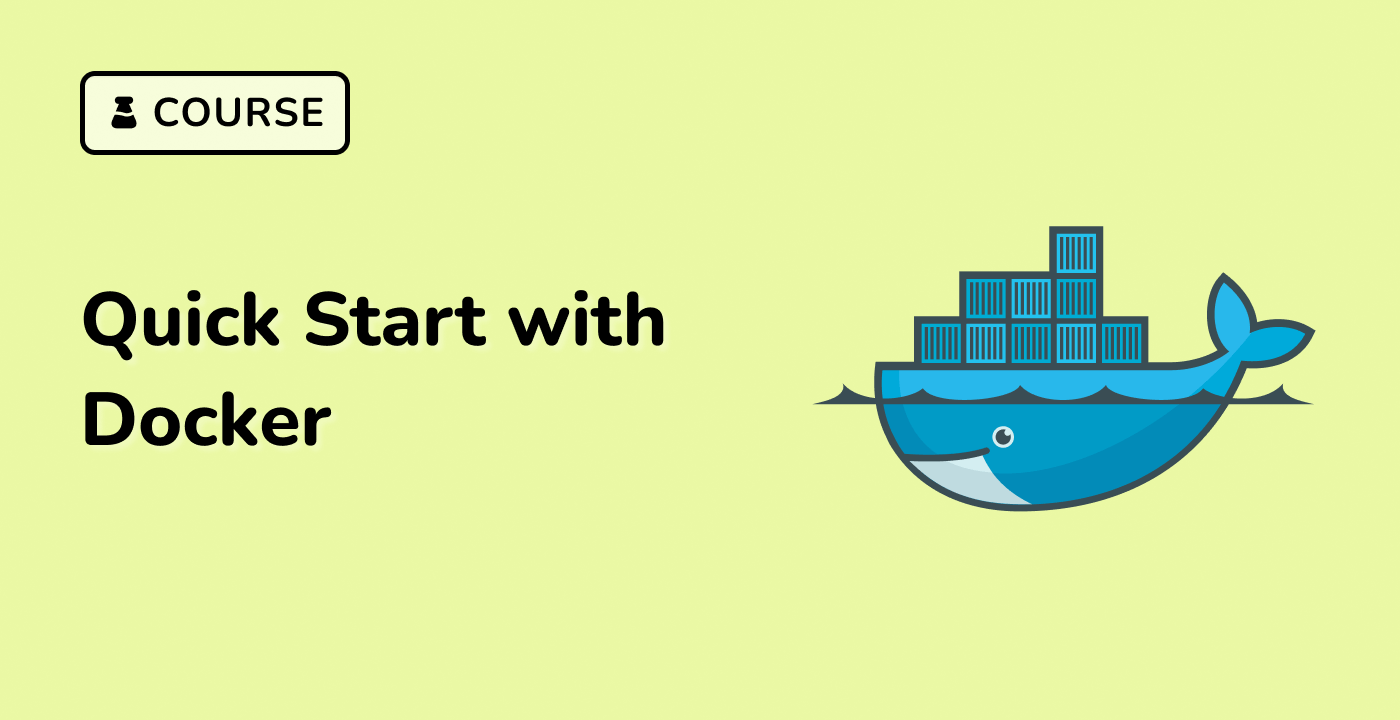Docker Networking Basics
Understanding Docker Network Architecture
Docker networking provides a robust mechanism for connecting docker containers across different network environments. By default, Docker creates three standard network types when installed:
graph LR
A[Bridge Network] --> B[Host Network]
B --> C[None Network]
Network Types and Their Characteristics
| Network Type |
Isolation Level |
Use Case |
| Bridge |
Container Isolation |
Default container communication |
| Host |
Minimal Isolation |
Performance-critical applications |
| None |
Complete Isolation |
Secure, standalone containers |
Basic Network Configuration
To explore docker network fundamentals, we'll demonstrate network creation and management using Ubuntu 22.04:
## List existing networks
docker network ls
## Create a custom bridge network
docker network create myapp_network
## Inspect network details
docker network inspect myapp_network
Container Network Connectivity
When launching containers, you can specify network configurations:
## Run container in specific network
docker run -d --name web_server \
--network myapp_network \
nginx:latest
This approach ensures containers can communicate securely while maintaining network isolation, a critical aspect of container networking strategies.




